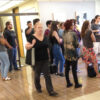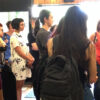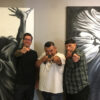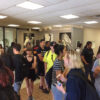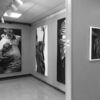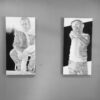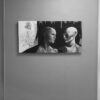Your cart is currently empty!
The Chicano Experiment
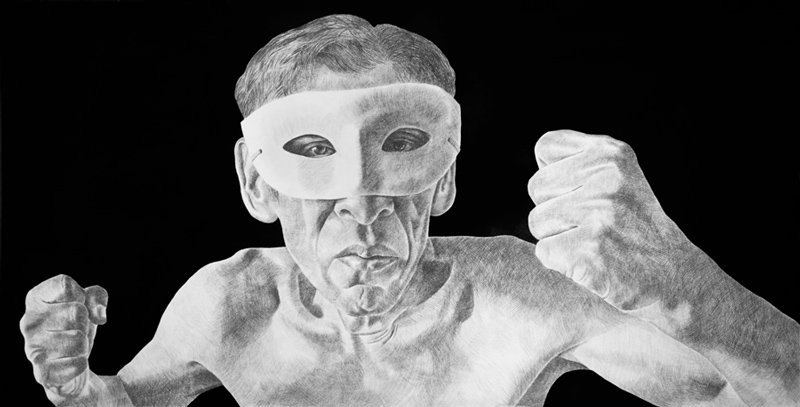
Abel Alejandre
The Chicano Experiment
Exhibition: October 11 – November 9, 2017
Artist Talk & Reception: October 24th, 11:00am
Applied Arts Building, Room 136
Moorpark College Art Gallery
7075 Campus Road, Administration Building
Moorpark, CA 93021
Chicano: A brief description
Chicanismo evolved from “The Mexican American Civil Rights Movement” of the 1960’s. For Mexican Americans, as well as other under-represented minorities, the self-empowerment era via collective political action gained momentum. Several institutional changes were made due to the efforts and the political will of activists, intellectuals, and artists. Activists like Dolores Huerta demonstrated how not to be ignored. Alongside their contemporaries artists like Judithe Hernandez and Barbara Carrasco showed contributed to the iconography.
For Mexican Americans there is a conundrum in terms of identity. That is to say, we are not American enough for our anglo counterparts, nor are we Mexican enough for our fellow Mexicans in the motherland – we are the other. My family and I emigrated to Los Angeles in 1975. During my formative years our family lived in Wilmington, in an old Spanish-styled apartment building we nicknamed “The Standing Dead” where some old Chicanos lived. And at my elementary school some of my teachers were Chicano activists. The Chicano Movement was all around me and was brought into the fold in stages.
A generation of Mexican Americans sought an identity of their own and it was crystallized by the poet, boxer, and political activist Rodolfo Corky Gonzalez in “I Am Joaquin”:
“… La raza!
Méjicano!
Español!
Latino!
Chicano!
Or whatever I call myself,
I look the same
I feel the same
I cry
And
Sing the same…”
Poets like Corky, playwright/directors like Luis Valdez, artist collectives like Asco and Los Four, and many others, created the literary and visual vocabulary of Chicanismo. Their work became the springboard for other artists to find their niche within the Chicano aesthetic.
There are several strains of the Chicano Movement, each focusing on separate issues, such as: education, feminism, land grants, farm worker rights, civil rights, and youth outreach to name a few. Several organizations were formed and have been, in many respects, the public face of movement and the legacy of the Chicano Movement.
For me, a “Chicano” is a political and a cultural ideology that has to be affirmed by the individual claiming to be a Chicano. You can not be born Chicano, you must own it.
Gallery Hours: Monday – Thursday 9 am – 9pm, Friday 8 am – noon
For more information on “The Chicano Experiment” contact Professor Erika Lizée at elizee@vcccd.edu.




